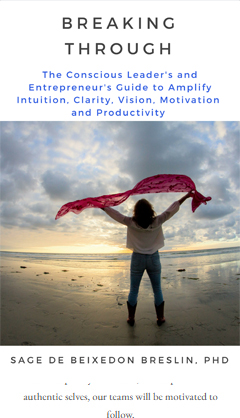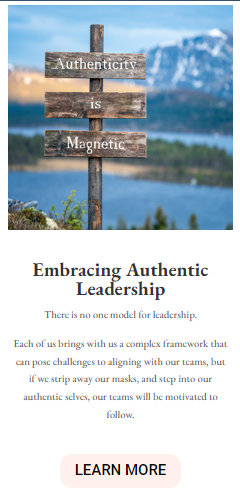We have seen significant progress in workplace behavior and design during the last ten years, but we have yet to eliminate all workplace drama and trauma. In past decades, the focus of Workplace Health was on the elimination of Sexual Harassment. In more recent times, we have realized that not all harassment on the job is sexual in nature, but is no less traumatic for the person being targeted.
Hostile Workplace
All employees have the right to work in facilities that are free of conditions and circumstances that promote alienation, isolation, bias, or discomfort. For instance, if a foreign-born employee is exposed to racist remarks by other employees, the situation is considered a hostile workplace. Another example of a hostile workplace is the new male employee, freshly out of college, whose boss criticizes his inexpensive wardrobe every day.
As an employee, you have a legal right to be able to do your job, free of harassment of any kind from any other employee. In the event that you do experience a Hostile Workplace, here are a few tips:
- Do not attempt to defend yourself or fight back (unless the attack on you is physical).
- Immediately contact your supervisor and ask for a meeting.
- Inform your supervisor about the situation or circumstances to which you have been exposed. Your supervisor should, in turn, contact the Human Resources Department, who should then interview you. In the event that your supervisor does not do so, identify your rights to work in healthy conditions and ask them to contact Human Resources. If your supervisor refuses to do so, complete your shift and leave the premises. Contact a Labor Law and Employment attorney as soon as possible.
- If your supervisor contacts Human Resources, they will likely schedule and interview with you within 48 hours.
Sexual Harassment
According to a recent article on GirlsinTech.org, studies suggest that 1 in 3 women aged 18 to 34 reports the experience of some form of sexual harassment on the job. For women in the tech industry, a staggering “60% of women in tech reported having experienced unwanted sexual advances at some point in their careers.” And, because nearly 40% of sexual harassment is not reported, those numbers likely reflect even less than what is actually occurring at workplaces across the nation.
The term “sexual harassment” refers to a variety of behaviors that leave a victim feeling uncomfortable, unsafe, demeaned or devalued.
Behaviors can be harassing without being overtly sexual. A manager who consistently schedules an employee for the least favorable shifts, a supervisor who utilizes intimidation to force a subordinate to do things that s/he doesn’t want to do, and a peer telling vulgar jokes are all examples of sexual harassment. Managers, colleagues and peers who demand sexual favors or who are sexually intrusive or who violate boundaries are also guilty of sexual harassment.
Be advised that those who endure sexual harassment often develop psychological, emotional and even physical symptoms as a result. Some victims may even develop full-blown Post-Traumatic Stress Disorder (PTSD). The most common symptoms that develop following the experience of harassment include:
- Changes in mood- heightened anxiety, depression, and obsessional thinking
- Changes in behavior- Fight, flight or freeze dynamics may lead an employee to behave more belligerently or erratically than normal; may result in an employee frequently calling in sick in order to avoid the perpetrator; or may cause the employee to shut down emotionally, and even physically (making her/him more vulnerable to subsequent assaults)
- Changes in wellness- those who have experienced harassment often report problems sleeping, changes in appetite, weight loss or gain, decreased motivation, increased incidence of illness, heightened experience and perception of pain
- Changes in social interaction- those who experience harassment may feel the need to isolate, and some may even end relationships to do so! The desire, sometimes even unconsciously, is to self-protect by limiting contact to only those whom the employee believes s/he can trust.
In the event that this has happened to you:
- Document it immediately!
- Speak to Human Resources as soon as possible, and if you have a Manager or Supervisor, discuss it with that individual as well.
- Unless you are in physical danger or experience significant emotional distress while at work, try to remain on the job. Even if you need to take a Leave of Absence (“Stress Leave”), you may have far better options for resolving the issue or filing a claim if you remain in your employment. However, if you are in physical danger, do not hesitate to quit and immediately file a police report.
- If attempts to resolve the issue though contact with your Supervisor, Manager or HR fail to adequately address your concerns, contact the Department of Fair Labor & Housing in your city or hire an Employment Law Attorney. If your symptoms warrant, you can also direct your concerns to a Personal Injury Attorney (it is not necessary to have physical injuries to hire a PI attorney).









